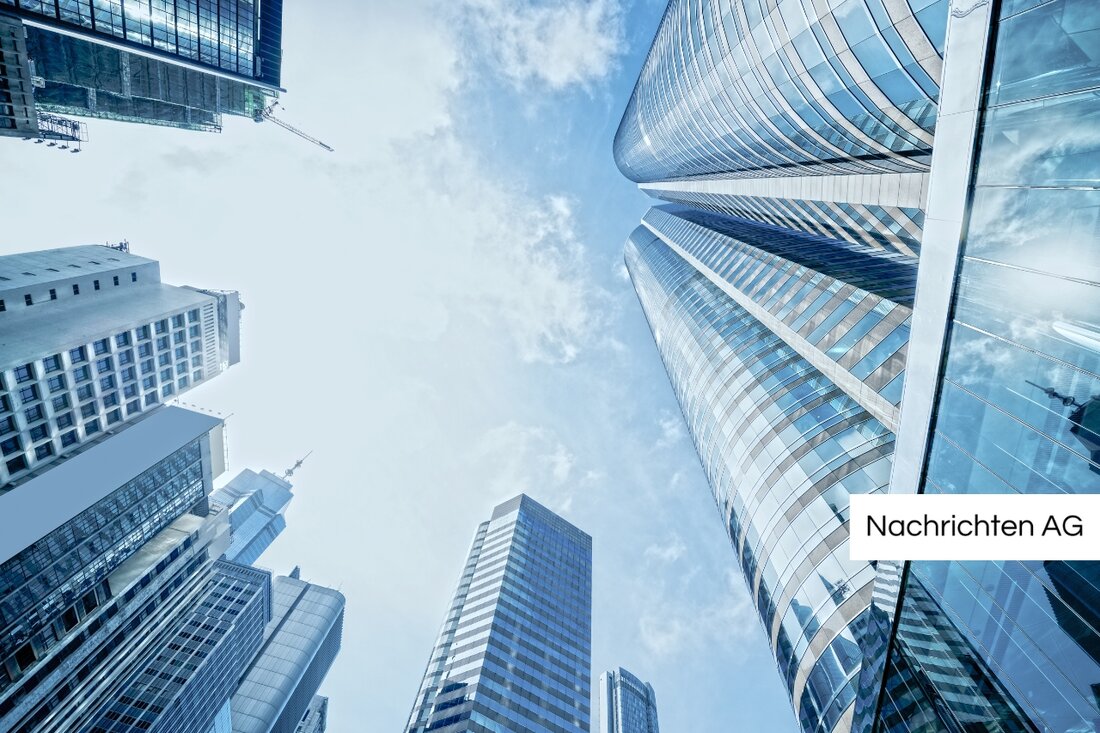Linz relies on hydrogen: New systems secure the future of steel production!

Linz relies on hydrogen: New systems secure the future of steel production!
Linz, Österreich - in Linz a lot is happening in the world of green hydrogen! On July 8, 2025, the steel producer Voestalpine and the energy supplier network announced the expansion of their hydrogen system operated since 2019. This measure represents a significant step in sustainable energy production and is intended to increase the storage capacity and supply security.
The planned expansion includes a compression and cleaning system as well as five hydrogen storage tanks. This increases the total storage capacity to a ton of hydrogen. Verbund-CEO Michael Strugl emphasizes the importance of this storage capacity for the compensation of production fluctuations in order to constantly cover the needs of the customers. "The expansion will further strengthen our range of green hydrogen," added Strugl. The existing system, which has an output of 6 megawatts and consists of twelve PEM stacks from Siemens Energy, has produced several hundred tons of hydrogen since its commissioning and can generate hydrogen up to 1,200 cubic meters every hour, while it also contributes to stabilizing the power grid. According to H2-NEWS, the system is one of the longest operated hydrogen projects worldwide.
investments in the future
The preparatory measures for the expansion have been running for two years and are now in the installation phase. Function tests are already planned for January 2026, with the first research results being expected until the end of 2026. The entire project duration until the complete implementation is created until December 2029. Voestalpine plans to use the hydrogen generated in his research projects and in the DEKARBONITIONSPLAN "Greentec Steel". CEO Herbert Eibensteiner emphasizes that from 2027, green electricity -operated electrical doves should go into operation in Linz and Donawitz, which means that two coal -based blast furnace units are shut down.
An important aspect of this development is the desired net-z-CO own emissions in steel production by 2050. The hydrogen from Linz is also intended for hydrogen-based direct reduction system, which is supposed to produce three to five tons of green roars per hour in standby mode.
technological support
The water supply for these electrolysers is also important. This is where Veolia comes into play, which have developed a modular system for preparing food water for PEM electrolysers. This solution is tailored to high -grade salt and hard water sources and offers a variable flow rate in order to meet different requirements. It comprises both softening and reverse osmoses systems in order to achieve a conductivity of less than 3 μs/cm. According to the [Veolia] (https://www.veoliawatertechnologies.de/referenz/gruene-kruene-krustprodukwater treatment), this is also standardized internationally and offers solutions for customers worldwide.
The technology behind the PEM electrolysers is remarkable: they are compact, efficient and are characterized by quick response times. According to Heidelberg, the hydrogen market grows rapidly and the demand for green hydrogen increases continuously. Forecasts show strong growth of the market for PEM electrolysers from 5.24 billion euros in 2024 to 28.9 billion euros in 2034, which corresponds to an annual increase of 15.7 %.
In summary, it can be said that this project not only makes an important contribution to green hydrogen production in Linz, but also makes the course for sustainable energy future in industry. The path to emission -free steel production is paved and it remains exciting to see how these technologies will develop.| Details | |
|---|---|
| Ort | Linz, Österreich |
| Quellen | |
